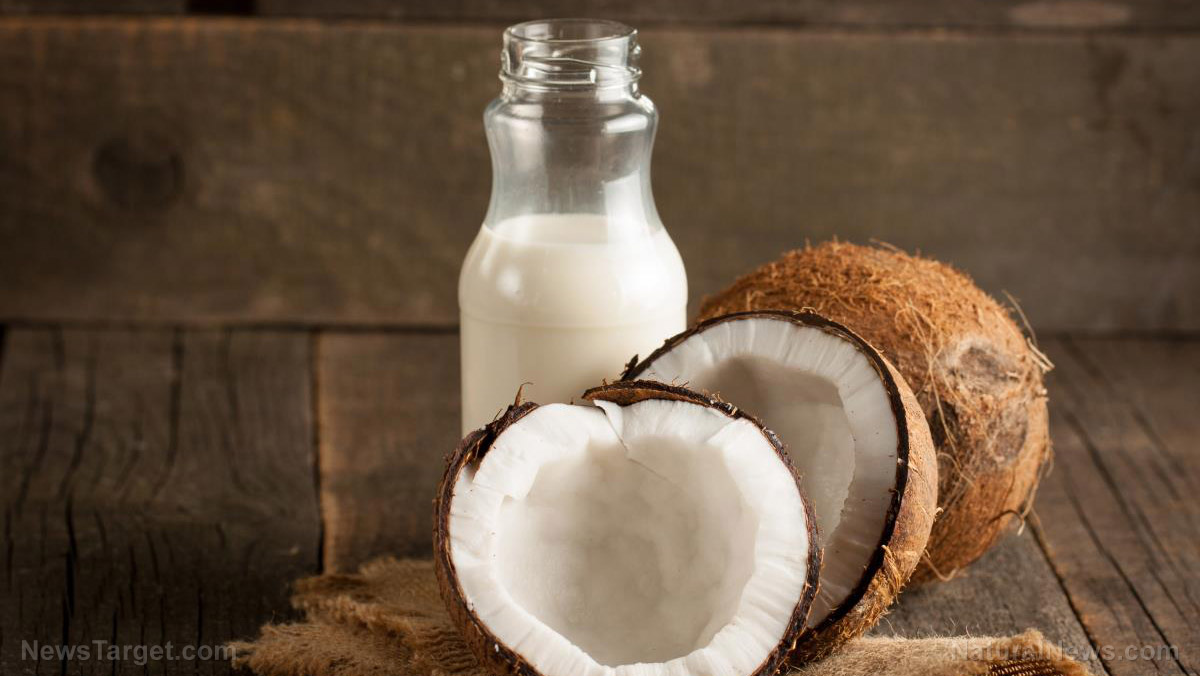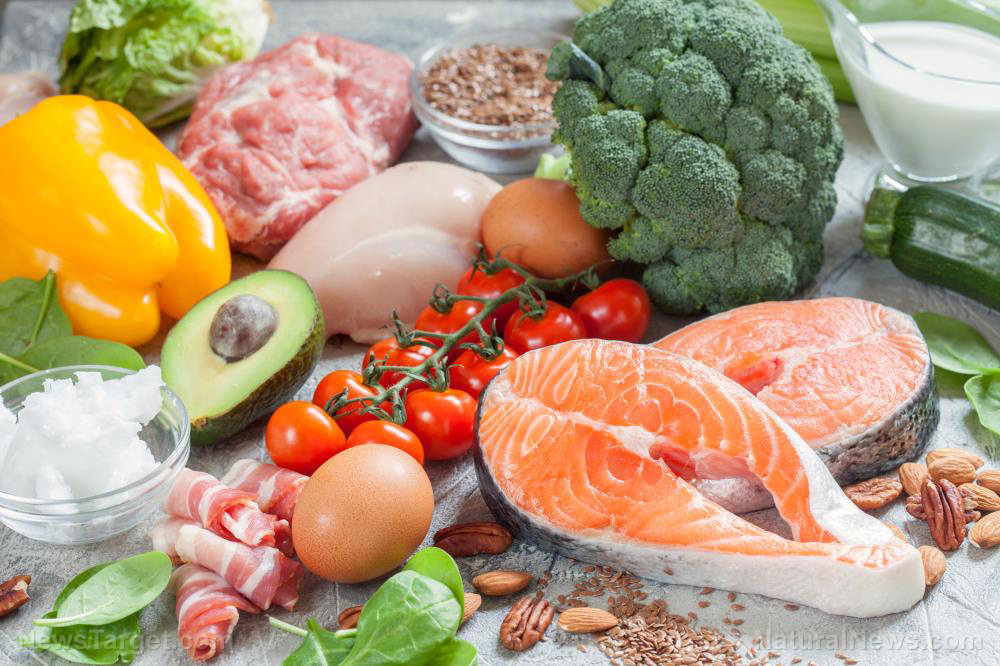Researchers identify protein that can protect against non-alcoholic fatty liver disease
10/28/2019 / By Evangelyn Rodriguez

Non-alcoholic fatty liver disease (NAFLD) is one of the most common diseases in developed countries. Statistics show that about 25 percent of the world’s population suffer from this disease. As its name implies, NAFLD is not caused by excessive alcohol consumption; it is characterized by too much fat stored in liver cells. Patients with NAFLD are at great risk of developing non-alcoholic steatohepatitis (NASH), a form of inflammatory fatty liver disease that can lead to liver cirrhosis (scarring) and liver failure.
In a new study published in the journal Cell, a multinational research team discovered a mitochondrial protein that could be the key to treating NAFLD. This protein, called mitofusin 2, has reduced levels in liver biopsies from NASH patients. Using an experimental mouse model, the researchers found that mitofusin 2 deficiency leads to the development of NASH-like symptoms and liver cancer.
Non-alcoholic fatty liver disease and non-alcoholic steatohepatitis
NAFLD is a medical term used to refer to conditions wherein people with very little to no alcohol consumption end up with too much fat in the liver. NAFLD usually does not cause any symptoms, and its exact cause is still unknown. However, experts believe that certain risk factors contribute to its development. These include:
- High cholesterol and triglyceride levels
- Hypopituitarism
- Hypothyroidism
- Metabolic syndrome
- Obesity, especially with excessive abdominal fat
- Polycystic ovarian syndrome
- Sleep apnea
- Type 2 diabetes
NAFLD has no definitive cure at present, and treatment usually involves weight management facilitated by proper diet and regular exercise. (Related: Liver disease solutions proven to be safe and effective.)
NASH is a serious and aggressive condition that results from NAFLD. In some patients with NAFLD, excess fat in the liver causes inflammation, which, then causes liver damage and cirrhosis. If left untreated, liver cirrhosis can lead to fluid buildup in the abdomen, the swelling of veins in the esophagus, liver cancer, and end-stage liver failure.
Like NAFLD, there are risk factors associated with the development of NASH. These include:
- Oxidative stress (due to imbalance between antioxidants and free radicals)
- Production and release of inflammatory proteins
- Liver cell necrosis
- Inflammation due to fat tissue
- Imbalance in gut microbiota
Elevated levels of liver enzymes usually indicate the presence of liver injury or inflammation. Patients, especially those who are overweight or obese, are often asked to undergo further screening not only to confirm NAFLD, but to distinguish between this condition and NASH.
Mitofusin 2 is a potential therapeutic target for the treatment of NAFLD
According to the researchers, the mitochondrial protein mitofusin 2 may confer protection against liver disease when present at appropriate levels. This hypothesis was further solidified when liver biopsies from patients with NASH showed reduced levels of mitofusin 2.
Using a mouse model, the researchers confirmed the same decrease in mitofusin 2 in mice with NASH. They also reported that liver-specific ablation of mitofusin 2 caused inflammation, trigylceride accumulation, fibrosis, and liver cancer in the animals.
In their article, the researchers explained that mitofusin 2 binds to phosphatidylserine (PS), a lipid component of cell membranes, and extracts it from membrane domains, thus enabling PS transfer to the mitochondria and the synthesis of phosphatidylethanolamine (PE), a molecule that helps membrane proteins fold correctly to ensure their proper functioning.
However, when mitofusin 2 levels are low or insufficient, PS transfer and PE synthesis are affected, causing endoplasmic reticulum (ER) stress and the development of NASH-like symptoms and liver cancer. This suggests that the disruption of ER-mitochondrial PS transfer caused by mitofusin 2 deficiency is one possible mechanism involved in the development of liver disease.
On the other hand, re-expression of mitofusin 2 in mice with NASH improved the disease, further proving the role of this mitochondrial protein in the prevention of liver disease.
Sources include:
Tagged Under: cholesterol, discoveries, disease treatments, fat accumulation, fatty liver, inflammation, Liver cancer, liver cirrhosis, liver damage, liver disease, liver failure, liver health, medical breakthrough, mitochondria, mitofusin 2, mitofusin 2 deficiency, NAFLD, NASH, natural cures, natural medicine, non-alcoholic fatty liver disease, non-alcoholic steatohepatitis, obese, obesity, overweight, prevention, research
RECENT NEWS & ARTICLES
COPYRIGHT © 2017 FIGHTOBESITY.NEWS
All content posted on this site is protected under Free Speech. FightObesity.news is not responsible for content written by contributing authors. The information on this site is provided for educational and entertainment purposes only. It is not intended as a substitute for professional advice of any kind. FightObesity.news assumes no responsibility for the use or misuse of this material. All trademarks, registered trademarks and service marks mentioned on this site are the property of their respective owners.



















